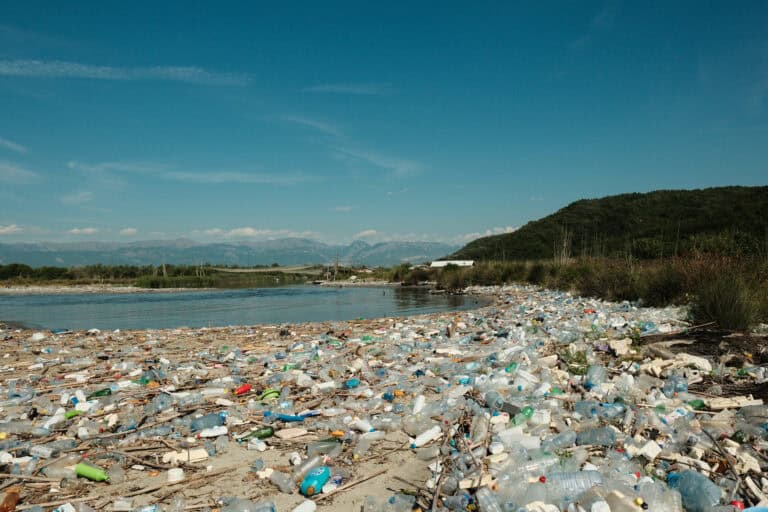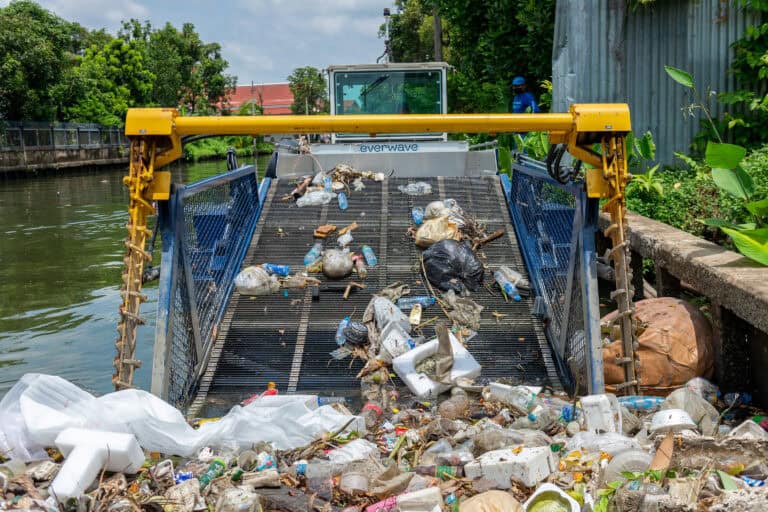ESG - Sustainability reporting
Starting in 2025, stricter regulations for ESG reporting will come into effect within the EU: how plastic credits can be integrated into this framework.
Making sustainability measurable
ESG – Environmental, Social, and Governance – reporting refers to the disclosures made by companies regarding their impact in the areas of environment, social responsibility, and corporate governance. The core idea behind ESG reporting is that companies should not lose sight of ecological and social issues alongside their economic profitability. And that these aspects should be made transparent and measurable through reporting.1
In the environmental area, the focus is on ecological impacts, including aspects such as reducing emissions and minimizing waste production. In addition, the social factors concentrate on a company’s societal responsibilities, such as providing a safe workplace and fair wages. The governance aspect refers to ethical practices and leadership style.2

CRSD: Reporting obligation for European companies
At the beginning of 2023, a new European Union directive on corporate sustainability reporting, the CSRD (Corporate Sustainability Reporting Directive), came into force.3 The goal was to increase accountability in the ESG field and to introduce binding reporting standards for the first time. While companies of public interest were previously required to report on their environmental impacts, the CSRD has standardized and expanded these reporting obligations.4 The regulations apply for the first time to the 2024 financial year.
It was only at the beginning of 2025 that the EU narrowed the scope of the CSRD – the expanded reporting requirements will now only apply to large companies with more than 1,000 employees. The EU justifies this decision by stating that smaller companies should not be disproportionately burdened, and that responsibility should primarily lie with larger companies, which are likely to have a greater impact.5
Plastic Credits at everwave
At everwave, we work with a plastic credit system. The concept: a company purchases one plastic credit, and in return, everwave removes one kilogram of waste from rivers. Each plastic credit is fully traceable and linked to the specific project location, allowing companies to create a direct and measurable impact.
This system enables us to sustainably and reliably finance long-term cleanup projects, build local waste management infrastructure, and create jobs. In addition, it helps fund the collection and processing of plastic that has already entered the environment.
Of course, this doesn’t mean that companies can avoid reducing their plastic usage. On the contrary, plastic reduction and support for cleanup efforts must go hand in hand. After all, waste already in the environment – making its way through rivers to the oceans – cannot be ignored. And the longer we wait, the more plastic ends up in our seas.

Integrating plastic credits into ESG reporting
In the context of ESG reporting, plastic credits can primarily be integrated into the environmental dimension, particularly in the areas of waste generation, pollution, and resource use, as well as the social dimension.
Integrating the plastic credit model helps companies, for example, to clean up nature at project sites and accelerate the transition to a circular economy. Additionally, waste collection contributes to improved local living conditions and creates long-term employment opportunities.
To ensure full transparency, each plastic credit issued by everwave is assigned a unique identification number, making it individually traceable. This enables measurability and security along the entire waste management chain.
Plastic credits can serve as an opportunity for companies to operate more sustainably and meet regulatory requirements – backed by clear KPIs such as the amount of waste collected and the number of jobs created.
Sources


